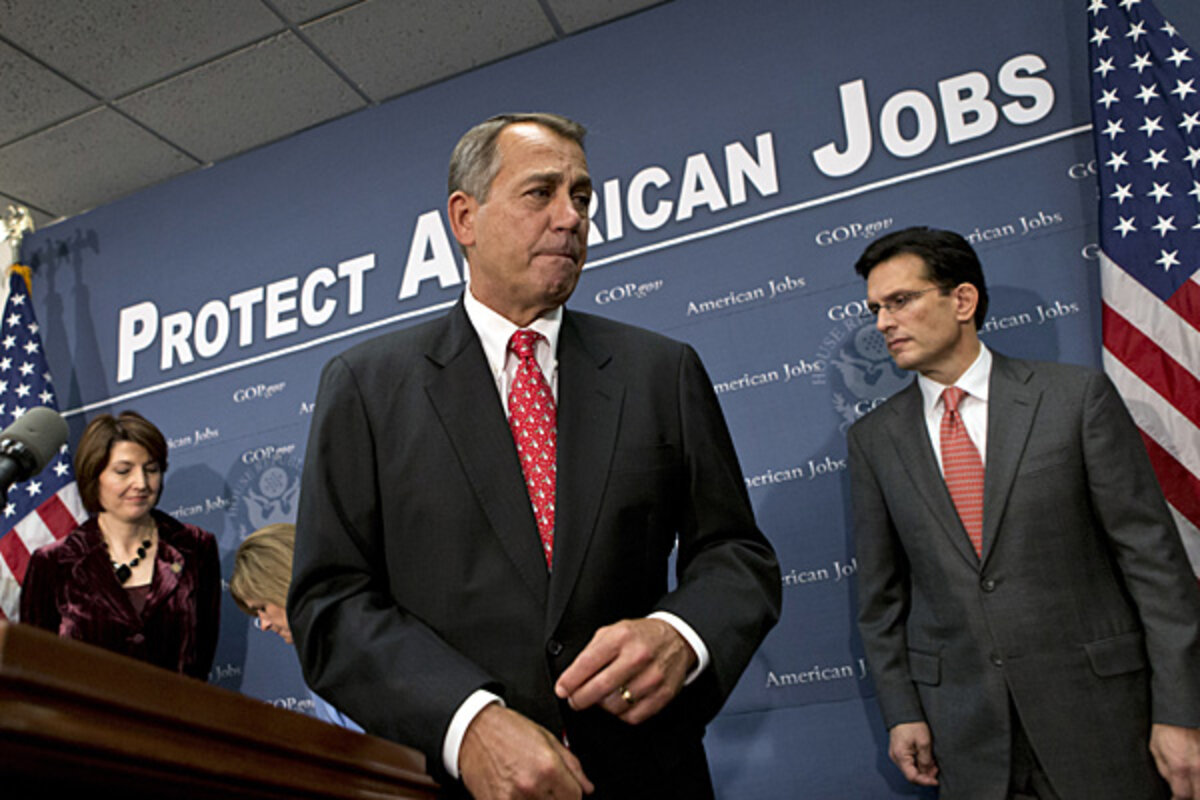Fiscal cliff could impact low-income families the most
Loading...
The 2001-10 tax cuts placed substantial emphasis on “pro-family” tax reform. The more prominent features favoring families with children included a doubling of the (CTC) to $1,000 per child and , increasing the Earned Income Tax Credit (EITC) for families with at least 3 children, increasing the point at which the EITC starts to phase out for married couples, increasing the credit rate of the Child and Dependent Care Tax Credit (CDCTC) for some families, and increasing the expenses eligible for a CDCTC for all families.
If left in place, in 2013 families with children would see over $43 billion in benefits from these provisions. But absent Congressional action, these expanded benefits will disappear over the cliff. Should the EITC, CTC, and CDCTC revert to their pre-2001 form, the Tax Policy Center estimates nearly three-quarters of all families with children will see their taxes rise or net rebates decline by an average of almost $1,200, compared with what they would pay if the provisions were extended. Keep in mind those changes would be in addition to the broad tax hikes that would affect nearly all working families such as the expiration of the and any increase in marginal tax rates for all families with income above the tax entry thresholds.
Most low income and middle income families with children will see their taxes rise (almost 72 percent of families in the lowest 20 percent of incomes and 89 percent of families in the second income quintile), in many cases by a substantial share of their income. Among families whose taxes go up, the average increase will exceed $1,400 for families in the lowest quintile and $1,600 for families in the second quintile (see chart). Most of this increase comes from the reduction in the CTC to pre-2001 levels. Although the child credit phases out and the EIC is unavailable at higher incomes, even families in the top quintile are not immune to tax increases stemming from these three provisions. Just over one-third of families with children in the highest income quintile will see their taxes rise in 2013 by an average of about $600.
If Congress and President Obama can reach a deal (either before or after January 1), it’s likely to include an extension of the doubled CTC, higher income cut-offs for married couples claiming the EITC, and the increases to the CDCTC. This would preserve these benefits for most families. But the fate of other provisions, such as the reduced refundability thresholds for the CTC and the increased EITC for families with at least 3 children, are much less clear. For instance, neither is included in the House Republican Budget Plan. Those provisions deliver the lion’s share of benefits to those in the lowest income households.
Today, we still don’t know how the ongoing budget debate will end. But the debate thus far leaves the most vulnerable families quite close to the edge.




